What is fishbone pattern?
Current law does not specify which road markings are called fishbone lines. However, in practice, “fishbone lines” are often used to refer to the type of V-shaped vehicle channeling lines specified in Appendix G of National Technical Regulation QCVN 41:2019/BGTVT.
Accordingly, the specifications of the fishbone pattern are specified as follows:
- Herringbone lines include solid, white lines drawn parallel, each line is 45 cm wide, the distance between the two edges of the line is 100 cm, the lines are inclined at an angle of 135 degrees counterclockwise to the direction of vehicle movement.
- The line defining the area of the V-shaped traffic channel is a single, solid, white line. This line has a stroke width of 20 cm.

Fishbone lines are used to channel traffic in a V-shape. (Photo: Traffic Police)
Meaning of fish bone line
According to Appendix G of National Technical Regulation QCVN 41:2019/BGTVT, the meaning of the herringbone line is specified as follows:
- V-shaped traffic channeling lines (commonly known as fishbone lines) are used to limit parts of the road surface that are not used for vehicles but are used to channel traffic on the road.
- When fishbone lines are used, vehicles must follow the prescribed route and must not encroach on or cross the lines except in emergency cases as prescribed in the Road Traffic Law 2008.
- Fishbone lines are often used to channelize traffic flows such as guiding vehicles at toll stations, channeling traffic flows within the same-level intersections at complex intersections.
Thus, fishbone lines are meaningful in the arrangement of lane markings in lane separation and merging areas.
When to press the fish bone line?
From the meaning of the fishbone line, it can be seen that vehicles are not allowed to cross the fishbone line when traveling. However, the law still allows vehicles to cross the fishbone line in some cases according to regulations.
According to the provisions of Appendix G of QCVN 41:2019/BGTVT on Herringbone Road Signs, it is stipulated as follows:
“ c. Line 4.2: V-shaped traffic channelization line
Meaning of use: V-shaped traffic channeling lines are used to limit the parts of the road surface that are not used for vehicles but are used to channel traffic on the road. When line 4.2 is used, vehicles must follow the prescribed route, and must not encroach on or cross the line except in emergency cases as prescribed in the Road Traffic Law .
Thus, vehicles must follow the prescribed route, and are not allowed to encroach or cross the line except in emergency cases as prescribed. In particular, emergency cases in which vehicles are allowed to encroach on the line include:
- The car had an accident and had to stop and park on the road.
- Driver and vehicle are in danger.
- Affected by bad weather…
Thus, vehicles are overlaid on the herringbone lines in the above mentioned emergency situations.
CHAU THU
Source








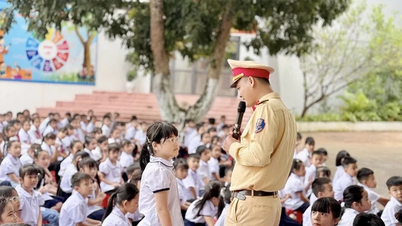







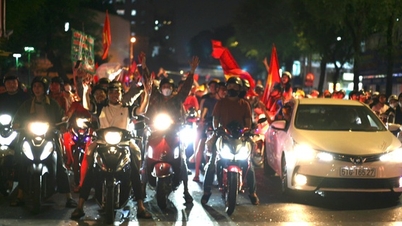
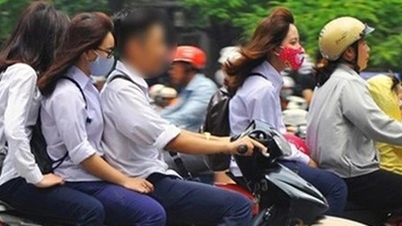







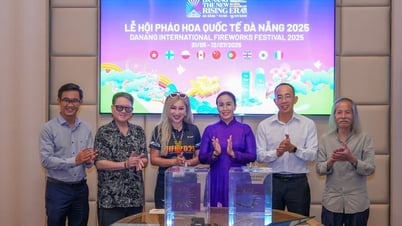






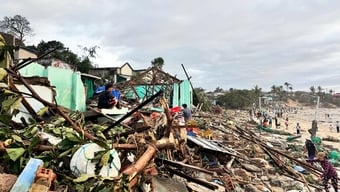









![[Video] Hue Monuments reopen to welcome visitors](https://vphoto.vietnam.vn/thumb/402x226/vietnam/resource/IMAGE/2025/11/05/1762301089171_dung01-05-43-09still013-jpg.webp)

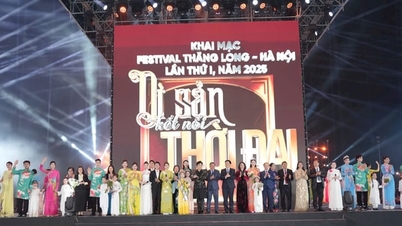







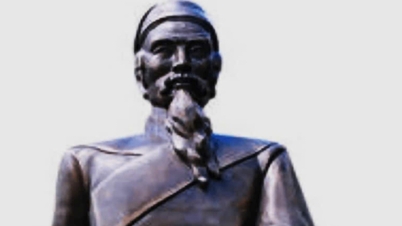









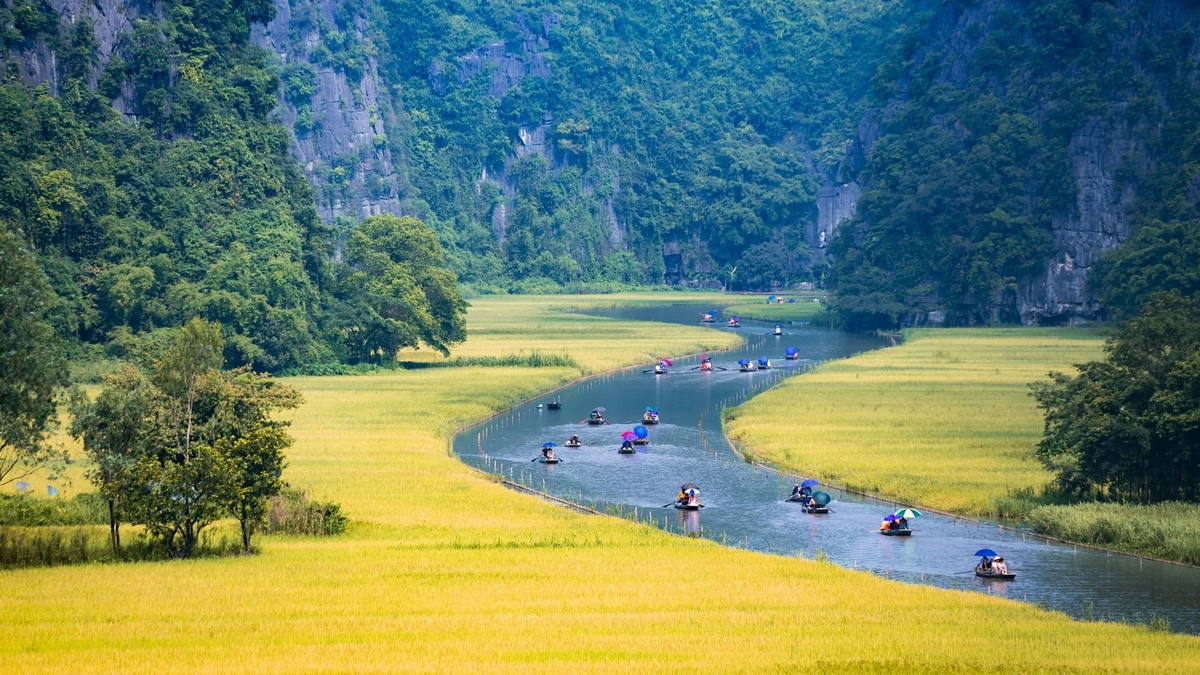

















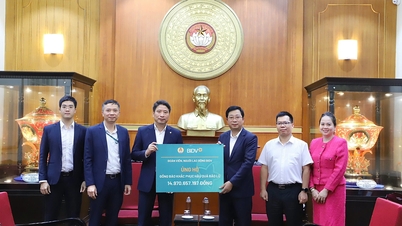



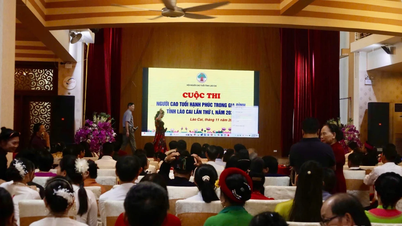





















Comment (0)